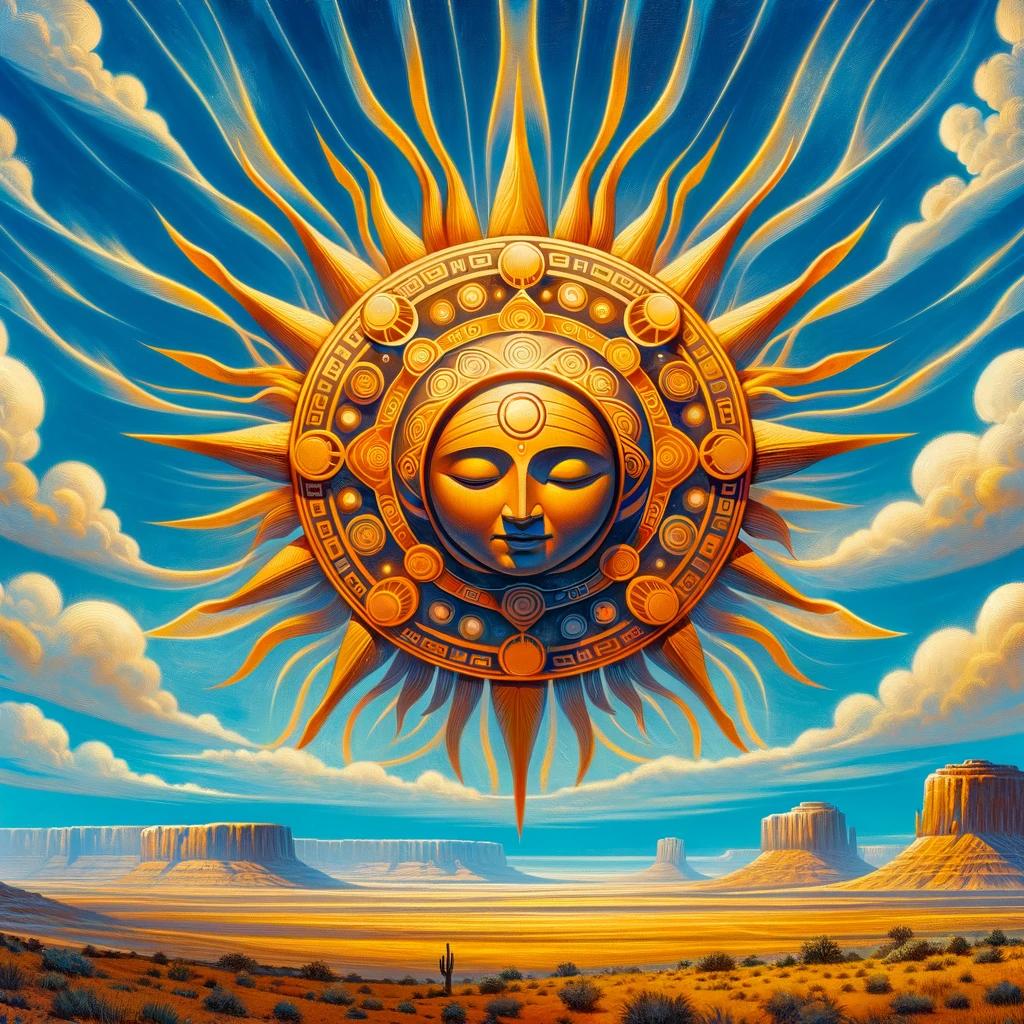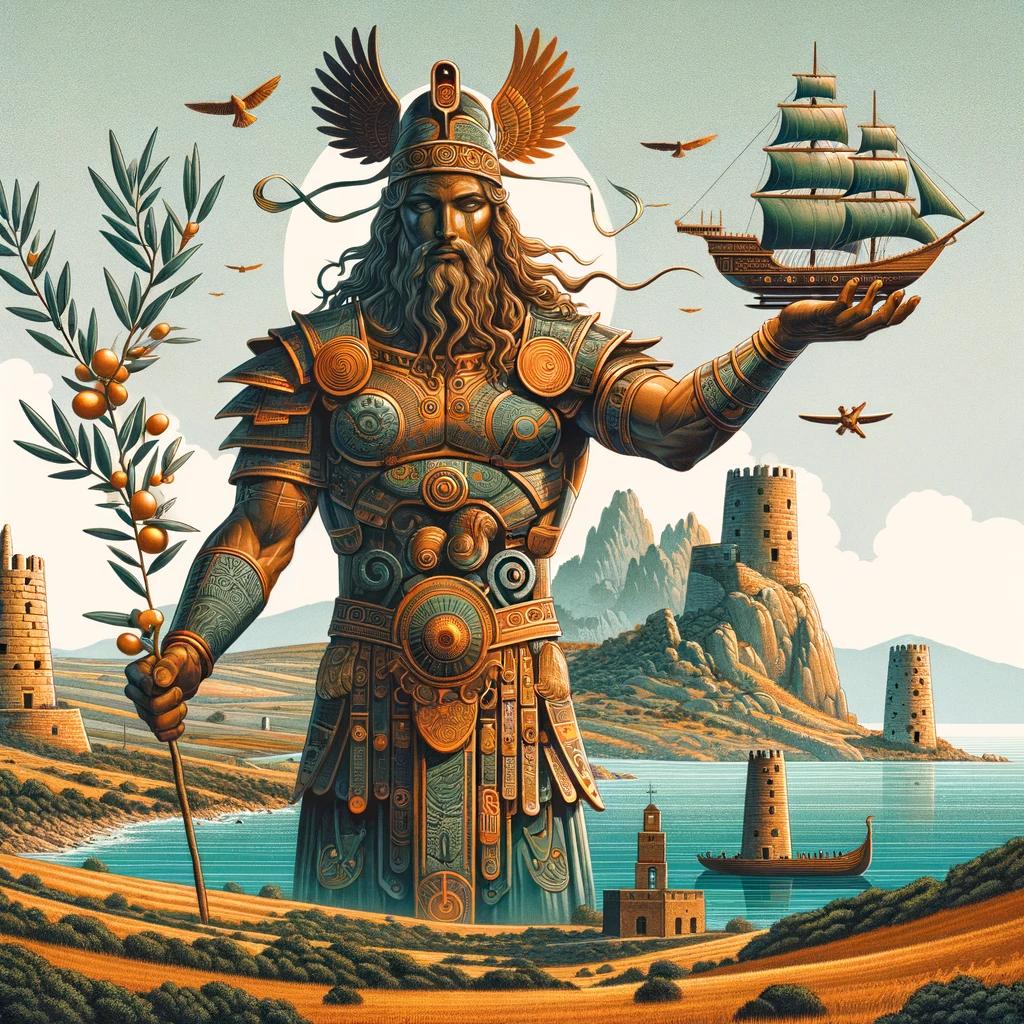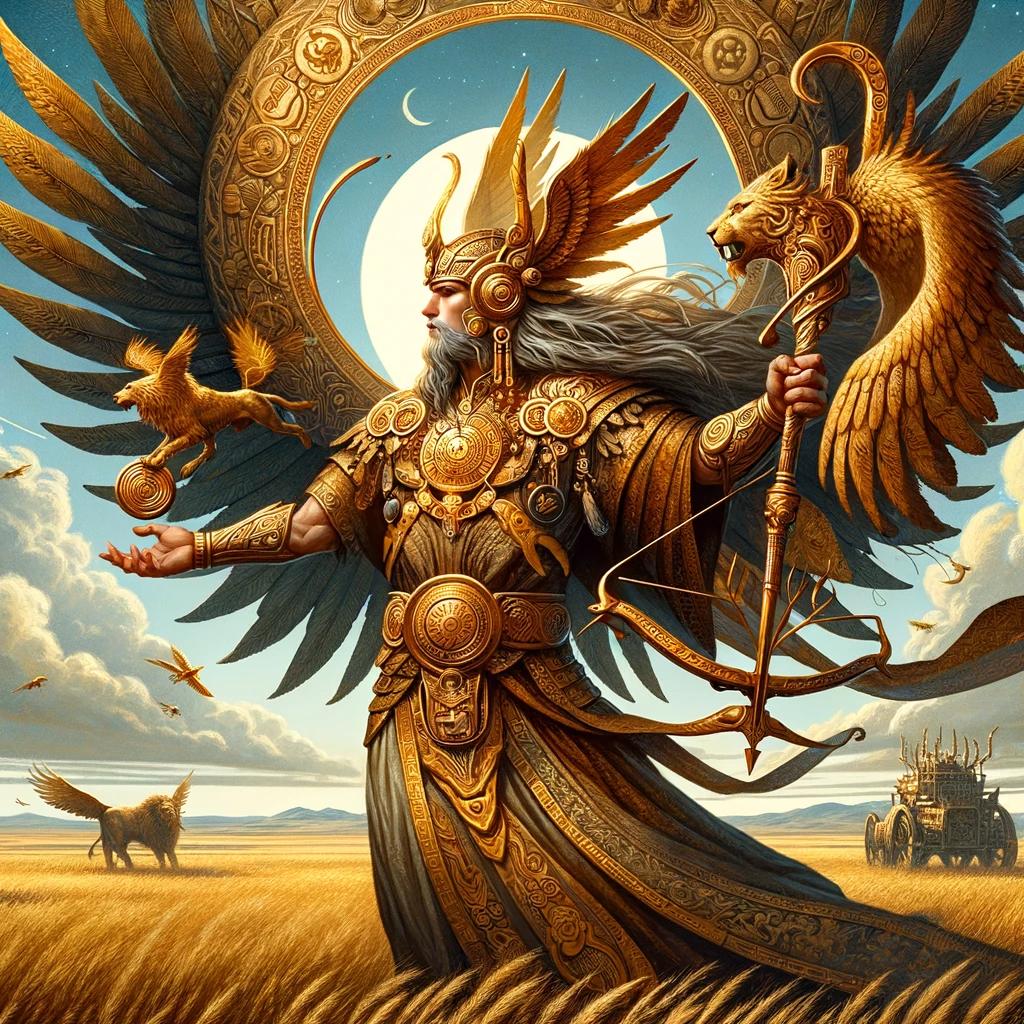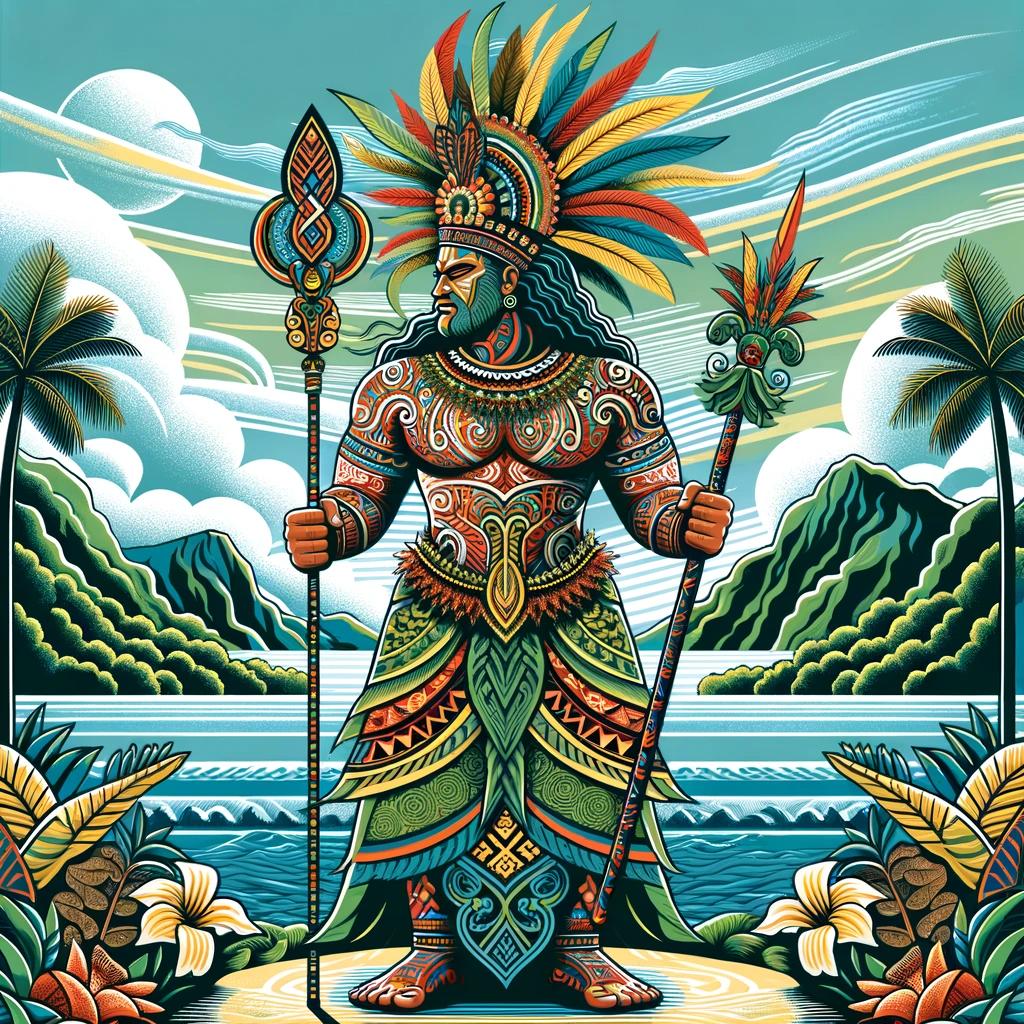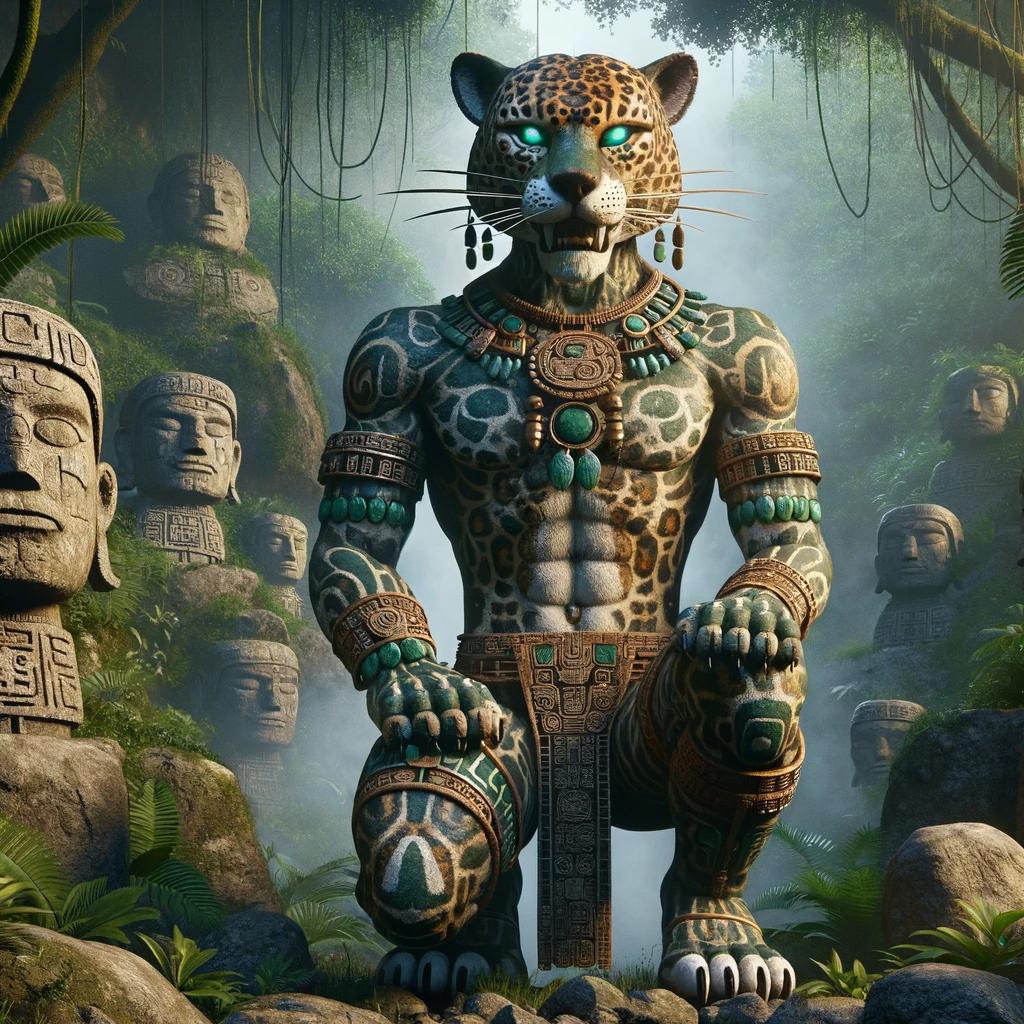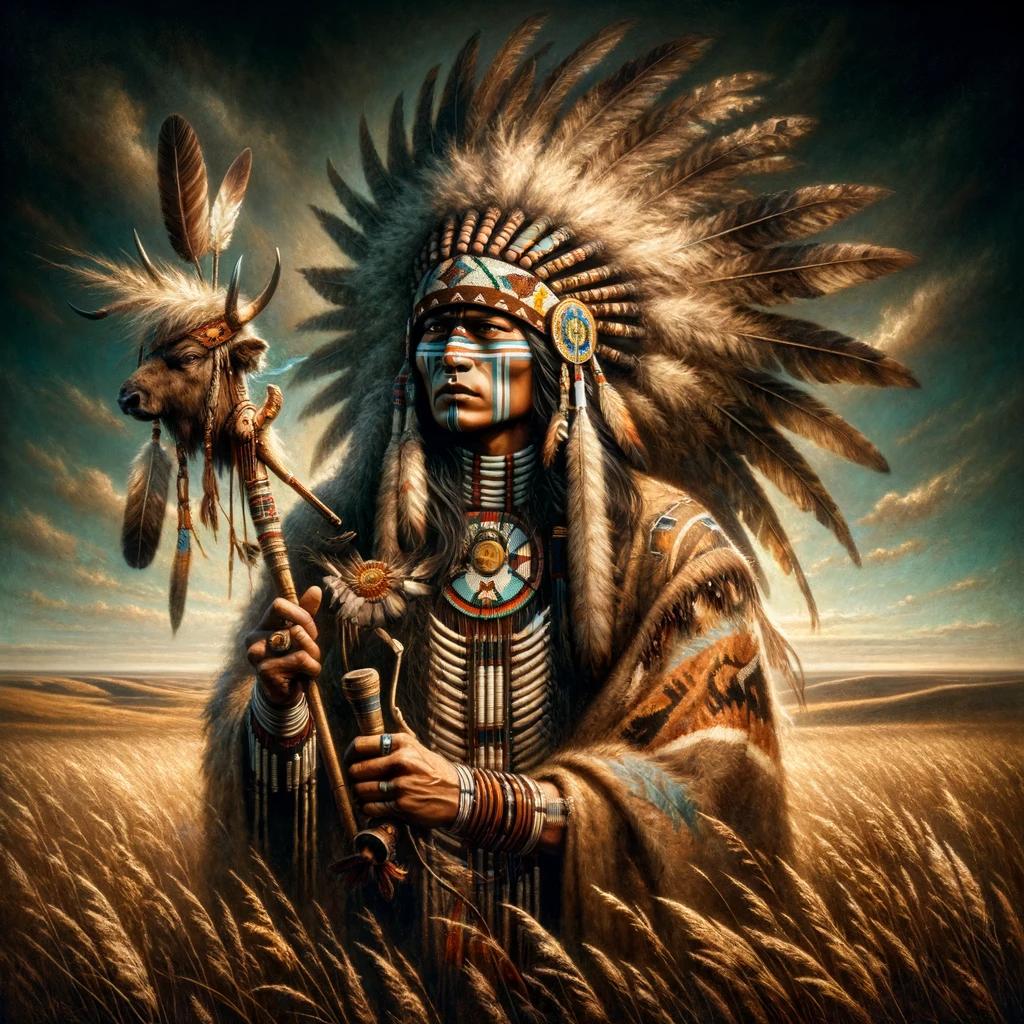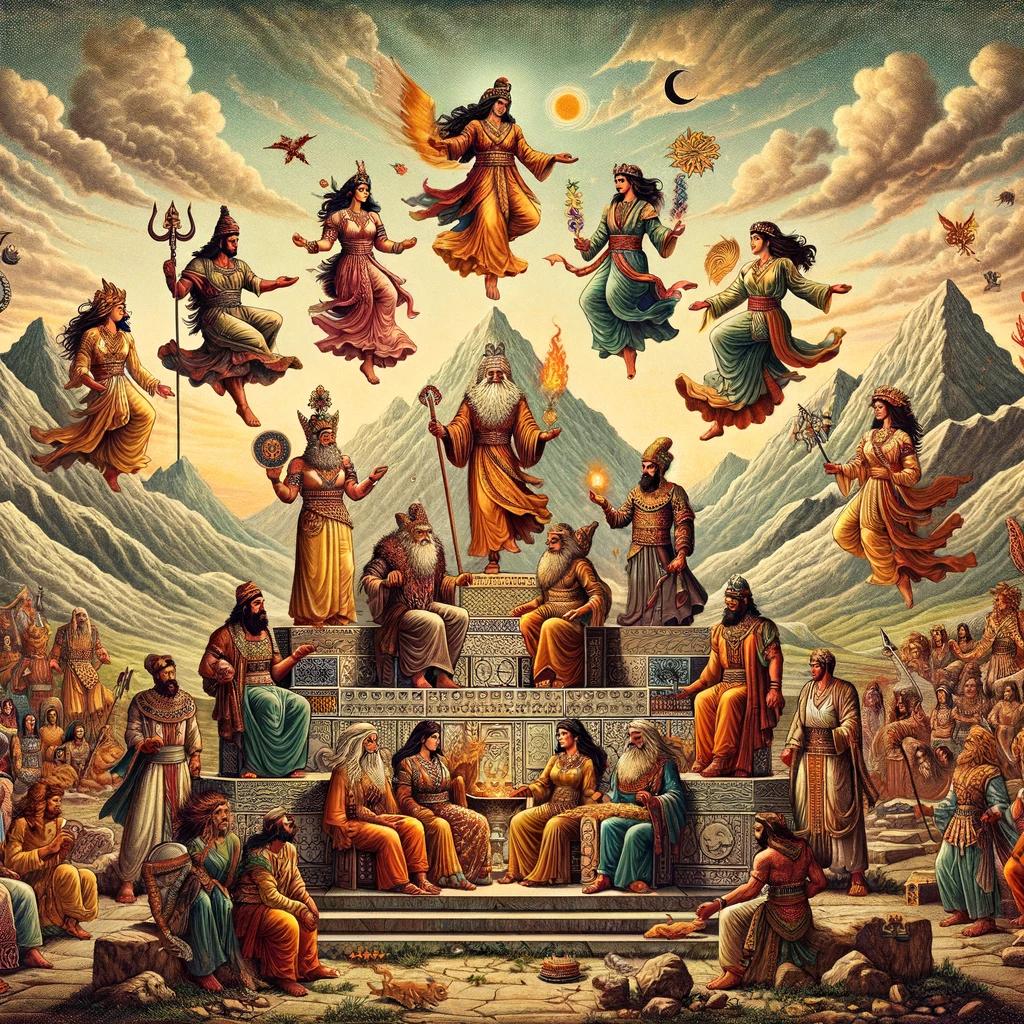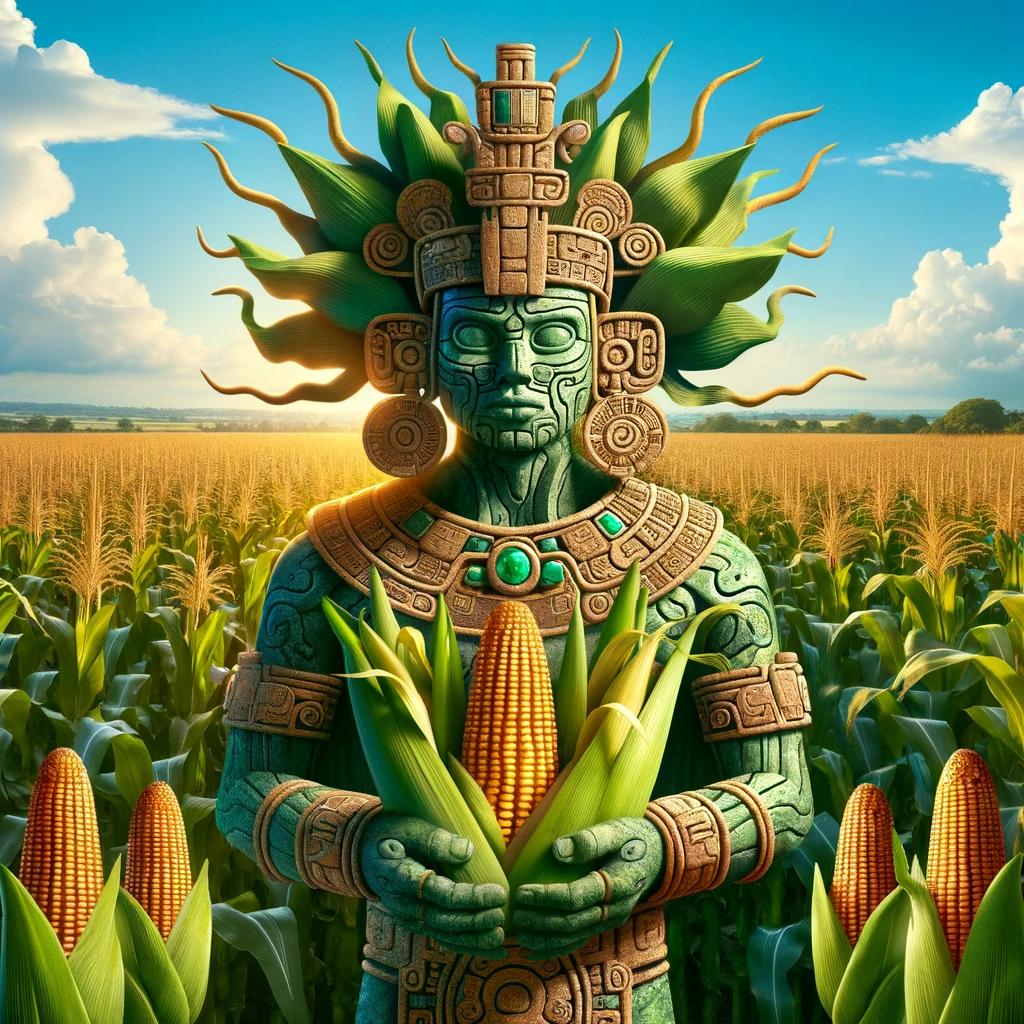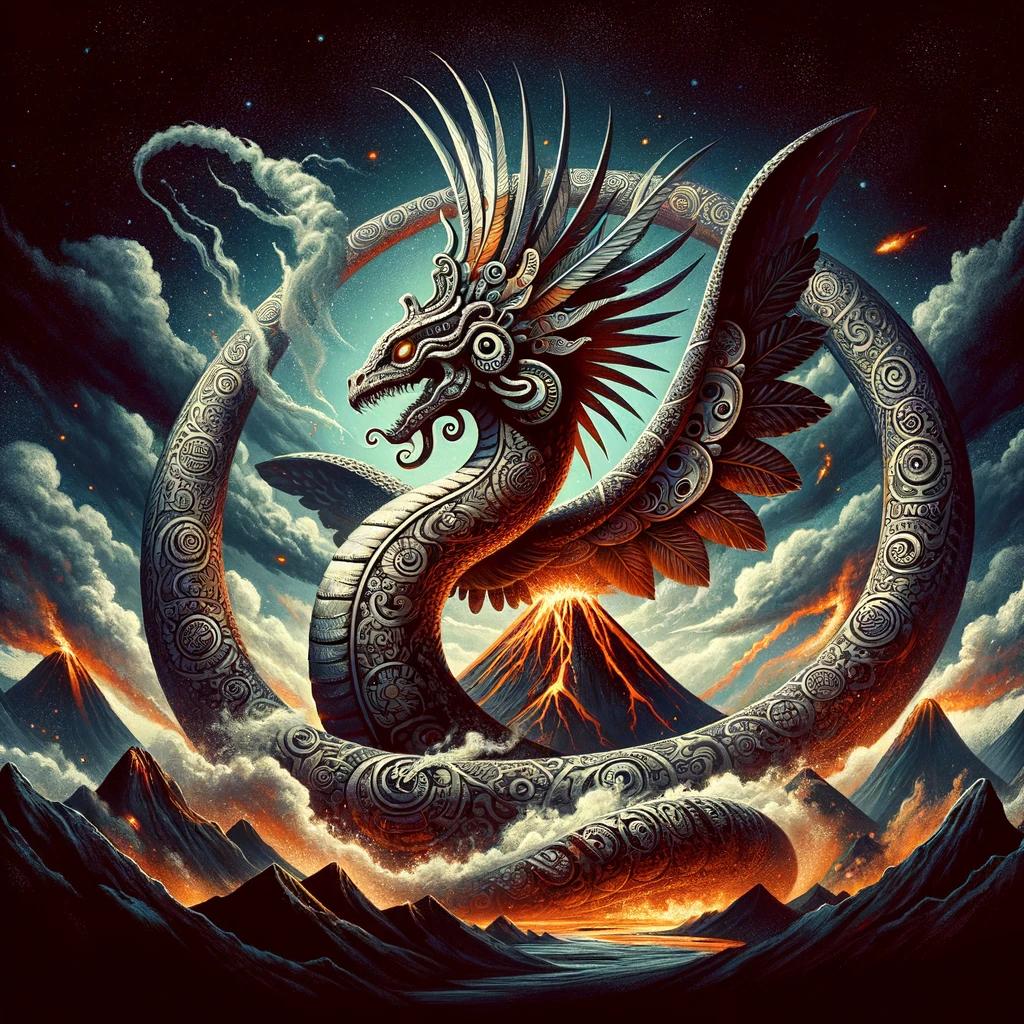Hopi Gods and Goddesses: Unveiling the Sacred Mythology of Native American Heritage
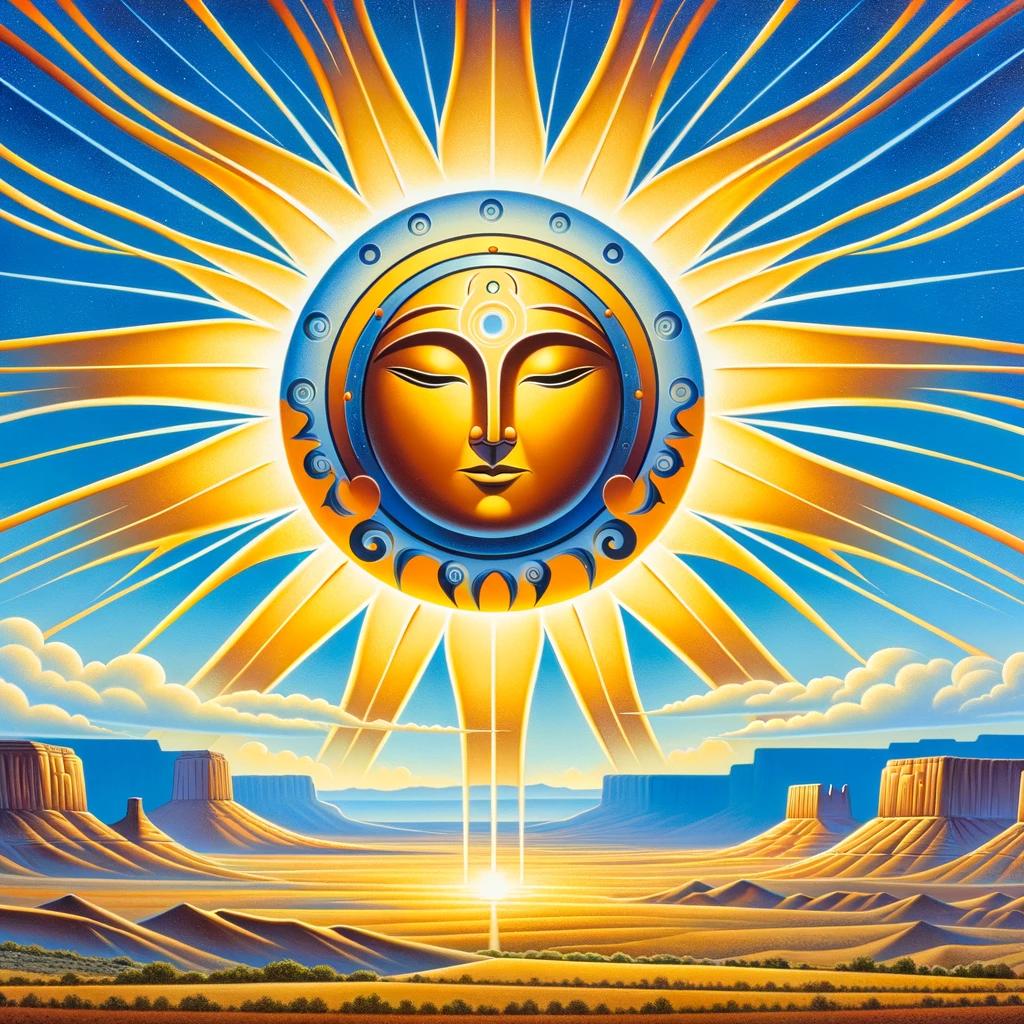
Hopi gods and goddesses hold significant importance in Native American mythology. The Hopi pantheon encompasses deities such as Kachinas, revered for bringing rain and fertility, as well as Sotuknang, the first Hopi god.
The powerful Mujer Araña, known as the Spider Woman, plays a crucial role in creation, while the Water Serpents control rain and water sources. Hopi rituals and ceremonies, including ceremonial dances and the Fourth World Prophecy, honor these divine beings.
Despite challenges posed by colonialism, efforts to preserve Hopi mythology and its cultural significance continue.
The Hopi Pantheon: Exploring the Gods
In Hopi mythology, the pantheon consists of various gods and goddesses that hold significant roles in the spiritual and cultural beliefs of the Hopi people. These divine beings are revered for their extraordinary powers and influence over different aspects of life.
Let’s delve into some of the prominent deities:
Kachinas: Rain-bringing and Fertility Deities
Kachinas are a vital part of Hopi religious traditions and are believed to bring vital elements such as rain, fertility, and good fortune to the Hopi community. These spiritual beings, often depicted as masked figures, play an essential role in the ceremonies and dances performed by the Hopi people.
Sotuknang: The First Hopi God
Sotuknang holds a significant position in Hopi cosmology as the first Hopi god. He is associated with the creation of the world and is regarded as a benevolent being who brought order and balance to the universe.
Sotuknang is closely related to the emergence of life and the establishment of the four Hopi world cycles.
Aholi Angak Chin: Protector of the Hopi Tribe
Aholi Angak Chin is a revered deity in Hopi mythology who serves as the protector of the Hopi tribe. Known for his role in maintaining harmony and warding off potential threats, Aholi Angak Chin is associated with safeguarding the well-being and cultural heritage of the Hopi people.
Huruing Wuhti: Goddess of the Harvest
Huruing Wuhti plays a crucial role in Hopi agricultural practices as the goddess of the harvest. She is venerated for her ability to ensure an abundant and successful harvest. Hopi farmers offer prayers and perform rituals to honor Huruing Wuhti and seek her blessings for bountiful crops.
Chin Mana: Deity of Abundance and Prosperity
Chin Mana is regarded as the deity of abundance and prosperity within Hopi mythology. It is believed that Chin Mana brings blessings and abundance to the Hopi people, providing them with wealth, good health, and overall well-being.
Hopi individuals seek Chin Mana’s favor through offerings and rituals.
The Role of Hopi Goddesses in Creation and Everyday Life
In Hopi mythology, goddesses hold significant roles in the creation of the world and shaping everyday life within the Hopi tribe. Each goddess plays a unique part in the Hopi cosmology, bringing forth important teachings and embodying different aspects of nature and existence.
The Power of the Woman: Mujer Araña
Mujer Araña, also known as Spider Woman, occupies a central position in Hopi mythology as a creator and guide. She is revered for her wisdom and creative abilities, responsible for bringing order to the world and teaching essential skills to the Hopi people.
Mujer Araña is associated with the art of weaving, symbolizing the interconnectedness of all life. Through her teachings, the Hopi people learn the importance of balancing creativity and harmony in their everyday lives.
Sussistanako: The Weaver of Life
Sussistanako, often referred to as the Weaver of Life, is another significant goddess in Hopi mythology. She is believed to have played a crucial role in the creation of the world and continues to shape its ongoing existence.
As the Weaver of Life, Sussistanako represents the interwoven nature of the universe and guides the Hopi people in understanding the delicate balance between all living beings. Her teachings emphasize the interconnectedness of the natural world, reinforcing the need for harmony and respect in their relationship with the environment.
The Water Serpents: Guardians of Rain and Water Sources
The Water Serpents, known as powerful deities, hold essential roles in regulating rain and water sources within the Hopi mythology. They are seen as guardians of water, ensuring its availability for the sustenance of life.
The Hopi people deeply respect and revere the Water Serpents, as they hold the key to the fertility and prosperity of their lands. Through ceremonies and rituals, the Hopi seek to maintain a harmonious relationship with these deities, acknowledging their vital role in ensuring agricultural success and overall well-being.
The presence of these goddesses in Hopi mythology illustrates the tribe’s deep connection with the natural world and their reverence for the balance and harmony it offers. The teachings and guidance provided by these powerful female figures continue to shape the Hopi people’s understanding of their place in the universe and their responsibility in nurturing their environment.
Rituals and Ceremonies: Celebrating the Hopi Gods and Goddesses
Rituals and ceremonies play a vital role in the Hopi culture, serving as a way to honor and celebrate their gods and goddesses. These sacred practices are deeply rooted in their mythology and are held in high esteem by the Hopi people.
Ceremonial Dances: Honoring Kachinas and Other Deities
- The Hopi people express their reverence for the Kachinas and other deities through ceremonial dances, which are an integral part of their religious rituals.
- During these dances, participants adorn themselves with intricate costumes and masks representing different divine beings, portraying their characteristics and attributes.
- The rhythmic movements and chants during the dances are believed to invoke the presence and blessings of the gods and goddesses, ensuring the well-being of the Hopi community.
- Each dance has its own significance, with some focusing on seasonal transitions, agricultural abundance, or healing rituals.
The Fourth World Prophecy: Insights from Hopi Mythology
The Fourth World Prophecy in Hopi mythology holds great significance, providing insights into their rituals and ceremonies.
According to the prophecy, the world has gone through three previous cycles, each ending in destruction and rebirth.
- In their ceremonies, the Hopi seek to maintain balance and harmony in accordance with the teachings of this prophecy.
- Through rituals and prayers, they aim to fulfill their role as stewards of the earth and ensure its continuation.
- The prophecy serves as a guide for the Hopi community, emphasizing the importance of maintaining their cultural traditions and spiritual connection with the gods and goddesses.
Symbolism and Artistry in Hopi Rituals
Hopi rituals are rich in symbolism, with every element carrying a deeper meaning.
Symbolic representations can be found in dance movements, costumes, masks, and ceremonial objects.
- The intricate designs and patterns on the costumes and masks often depict specific gods and goddesses, honoring their presence during the rituals.
- Through their artistry, the Hopi express their deep reverence and connection to the spiritual realm, ensuring a harmonious and sacred atmosphere during the ceremonies.
- Symbolic gestures and movements within the dances convey stories, teachings, and blessings passed down from generation to generation.
- These rituals serve not only as a means of connecting with the gods and goddesses but also as a way to preserve Hopi culture and traditions.
In conclusion, rituals and ceremonies hold great importance in the Hopi culture as they provide a means to celebrate and honor their gods and goddesses.
Through ceremonial dances, insights from the Fourth World Prophecy, and the symbolism and artistry involved, the Hopi people continue to maintain a strong connection with their spiritual beliefs and preserve their rich cultural heritage.
Preserving Hopi Mythology: Challenges and Future Perspectives
Preserving the rich and sacred mythology of the Hopi people is of utmost importance for the preservation of their cultural heritage. This section explores the challenges faced in preserving Hopi mythology and the future perspectives that offer hope for its continuity.
Oral Tradition and Transgenerational Transmission of Myth
Hopi mythology has been passed down through generations primarily through the oral tradition. The challenge lies in ensuring the continued transmission of these myths and legends to future generations. Efforts must be made to document and record the stories and teachings of the Hopi gods and goddesses to prevent their loss in the face of modern influences.
The Impact of Colonialism and Cultural Appropriation
Colonialism has had a significant impact on the preservation of Hopi mythology. The introduction of foreign beliefs and practices eroded the traditional knowledge and disrupted the integrity of the Hopi cultural heritage.
Additionally, cultural appropriation has further threatened the sanctity of Hopi gods and goddesses, as their symbols and rituals have been exploited and taken out of context. Addressing these challenges requires raising awareness, promoting respect for indigenous cultures, and asserting the rights of the Hopi people to protect their mythology.
Importance of Cultural Preservation Efforts
Efforts to preserve Hopi mythology are crucial for maintaining the cultural identity and spiritual connection of the Hopi people. Education and public awareness initiatives can play a significant role in fostering appreciation and understanding of Hopi gods and goddesses.
Collaborative efforts between the Hopi community and external organizations can provide support in documenting, archiving, and sharing this invaluable cultural heritage. By recognizing and respecting the significance of their mythology, we contribute to the preservation and continuation of Hopi traditions for future generations to cherish.
- Documenting and recording Hopi myths
- Raising awareness about the cultural significance of Hopi mythology
- Promoting respect for indigenous cultures
- Asserting the rights of the Hopi people to protect their cultural heritage
- Collaborating with external organizations for preservation efforts
.

